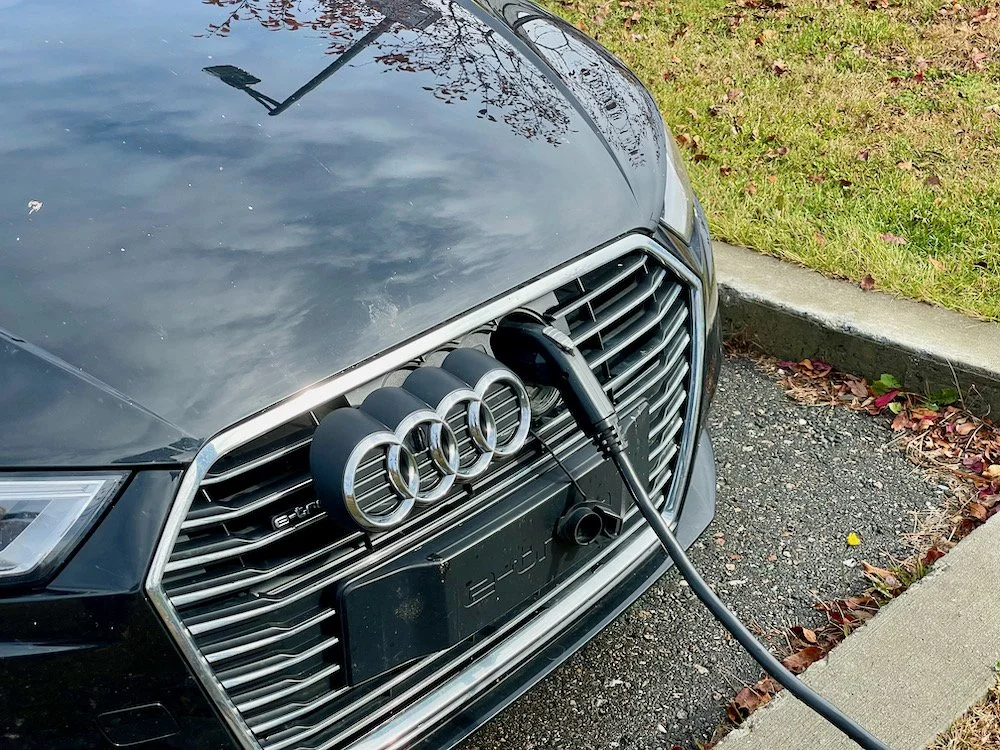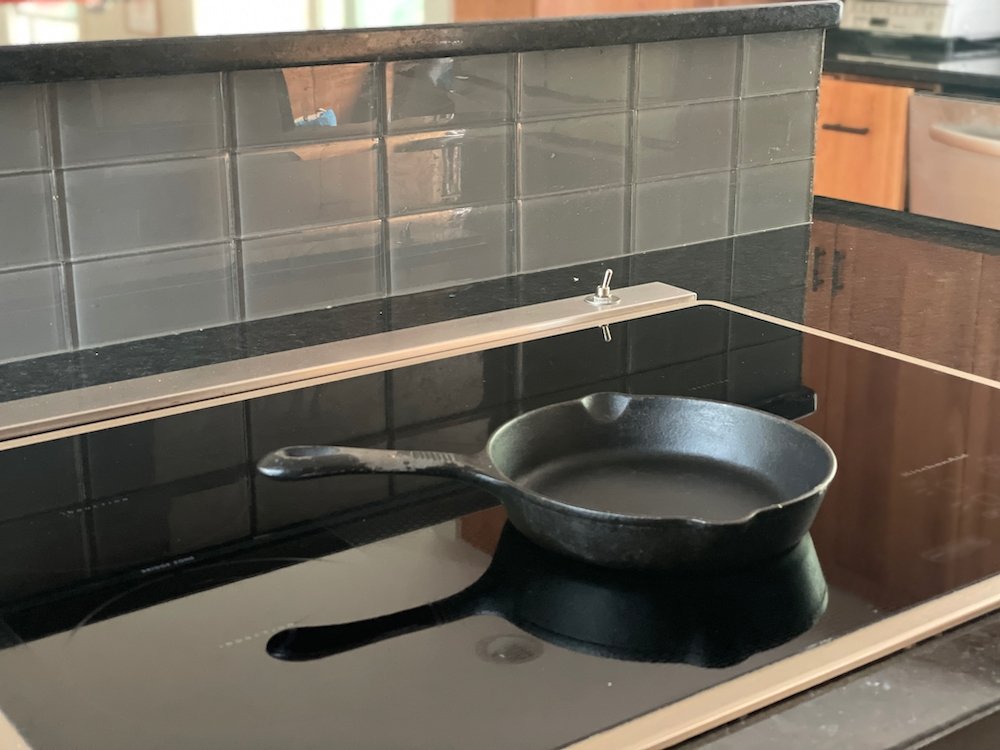Electrify Your Life!
Reduce our energy use and green the rest is a mantra we like to repeat. Electrifying is a great way to green the rest. That means we each need to electrify what we ride, how we heat our homes and water, how we cook our food and take care of our lawns. And also use a clean electric supply to run those appliances and our rides.
The Reasons to Electrify Are Numerous
Half of Andover’s greenhouse gas emissions come from homes and passenger transportation. Furnaces, water heaters, dryers, and stoves all produce emissions in residential building and are replaced just once every 10-25 years. So a new natural gas furnace installed today is likely to still be spewing greenhouse gas emissions past 2050.
There are many reasons to go electric beyond reducing greenhouse gas emissions. Electric appliances can be safer, healthier, and significantly more energy efficient. And right now there are also financial incentives through Mass Save and the federal Inflation Reduction Act.
This is something we as individuals can do to take climate action!
Use Less. Green the Rest.
How to Get Started on Electrifying Your Life
You don’t need to convert all your fossil-fuel machines to electric at once — you can wait until the next time your car or air conditioning needs to be replaced, and find an electric vehicle or a heat pump. However, often when we need to replace a car or an appliance we don’t have much time to shop around. So best to do your education and research now, while you have the time, before you need to make a purchase.
Where to start? It may seem overwhelming, however a great place to start is simply to walk through your home and find all the places where you are currently burning fossil fuels— your gas-powered car, furnace, water heater, kitchen stove, clothes dryer, lawn tools, maybe heating a pool or a gas-burning fireplace insert. Note the ages and efficiency of each and what is the expected life for each. For instance, maybe you have a 3-year old highly efficient natural gas furnace and a 10-year old natural gas water heater. Water heaters often don’t last much longer than 10 years. So you may want to prioritize learning about electric water heaters before learning about heat pumps.Check out Rewiring America’s Electrification Planning Chart to help you organize your timeline to electrifying your home.
Reducing Our Energy Use is Still Critical
Even as we move to electric appliances we still need to reduce our energy use. Renewable energy has greenhouse gas emissions in its creation just like other power sources, so we don’t want to build more than necessary. Electricity, even greenhouse gas-free electricity, isn’t a free pass to turn on every machine in your home. To that end, creating an efficient home through weatherization is important first step– and a required first step for Mass Save rebates.
Learning About Specific Electric Appliances
Once you have weatherized and have your list of fossil-fuel appliances in your home prioritized by which are likely to need replacing soonest, it’s time to start learning what your options are. Heat pumps are the electric technology to both replace your furnace and offer efficient air conditioning. Induction cooktops can replace gas stoves. Electric lawn mowers and leaf blowers can replace their gas counterparts. Learn about each of these technologies, which is the right choice for your home, and where you can purchase them before you find yourself shivering under your covers in mid-January with a failed fossil-fuel furnace.
To learn about Electric Vehicles check out Electrify Your Ride!
Remember: “Use Less. Green the Rest.”


